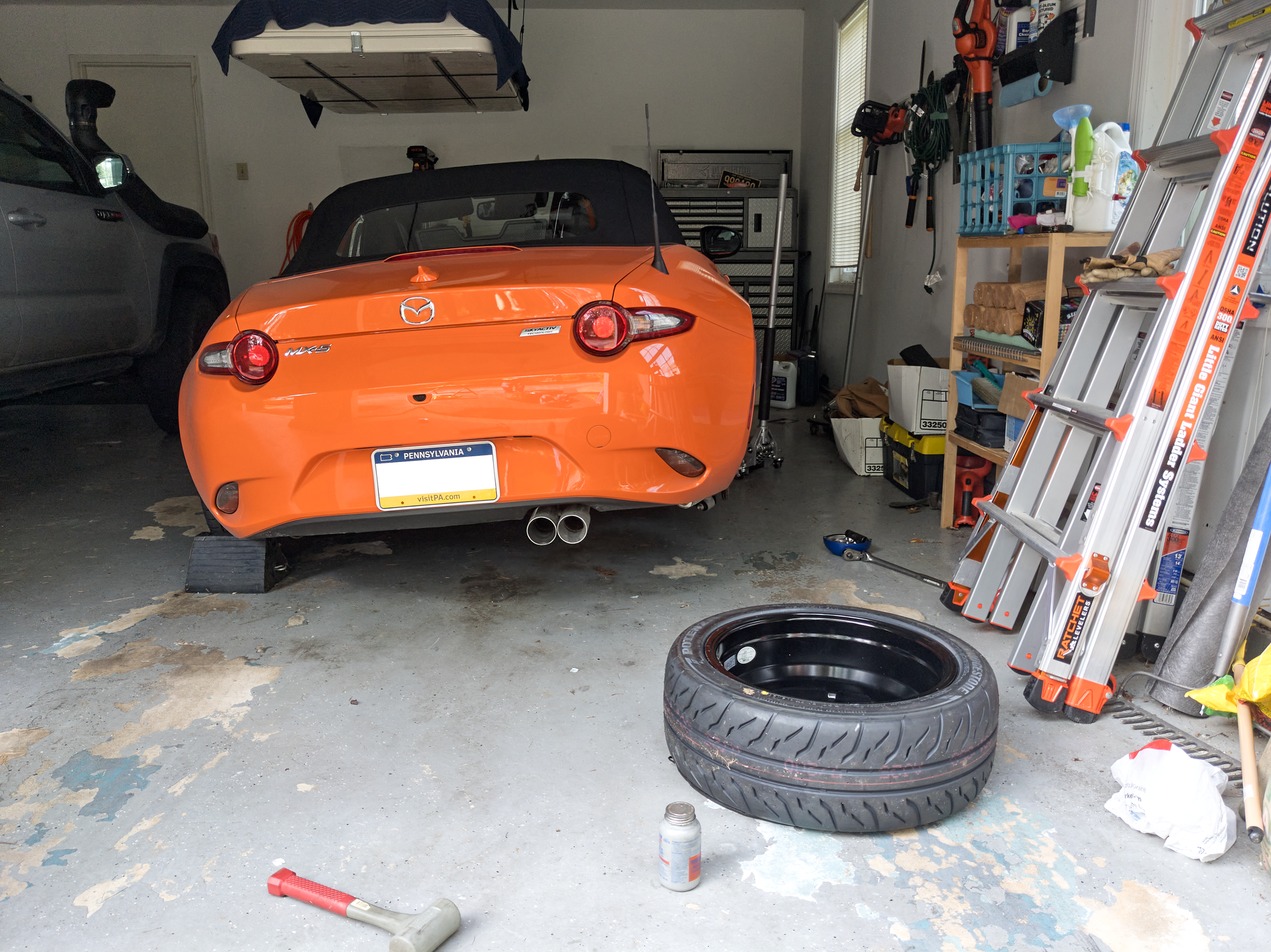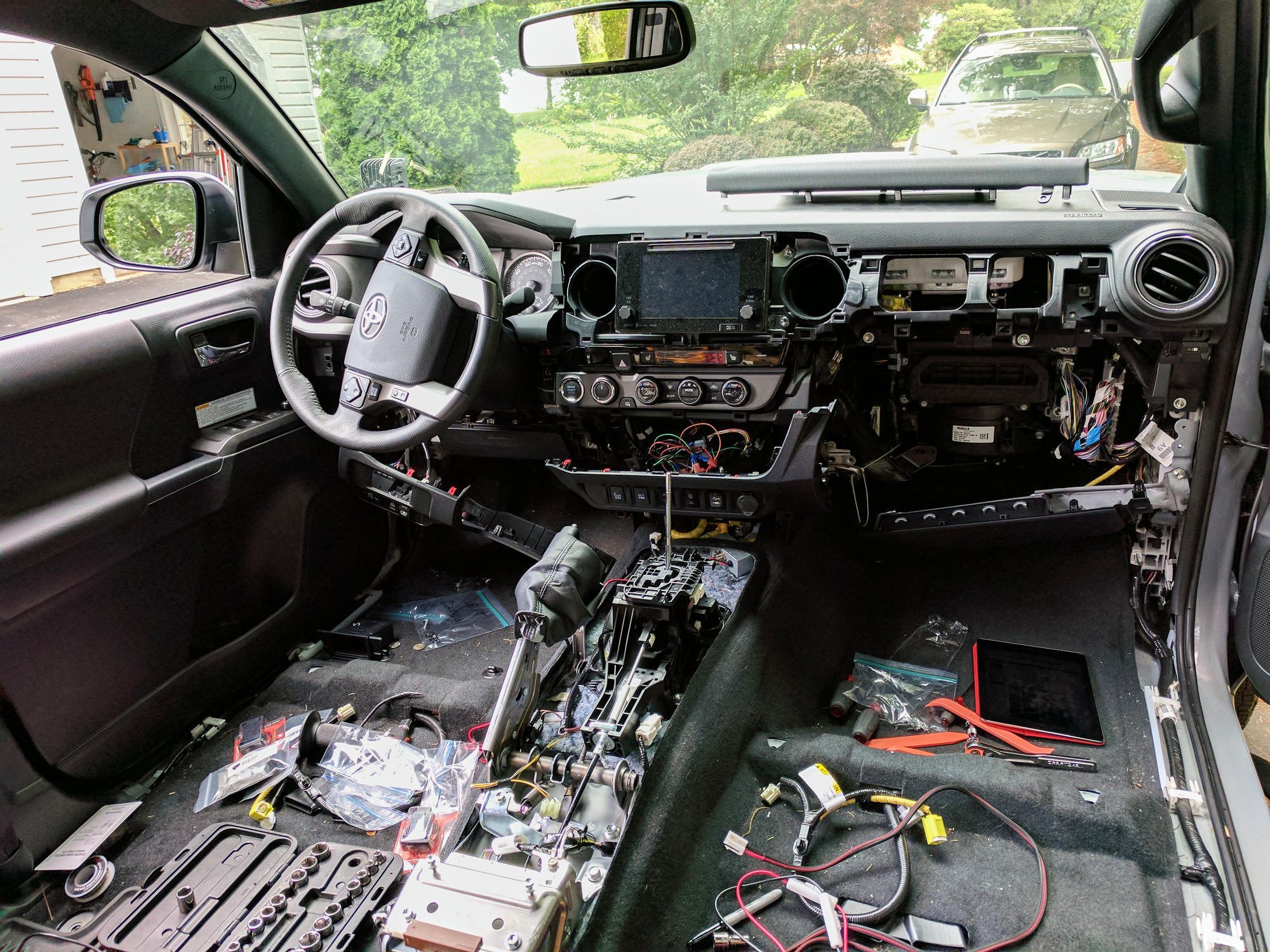The pattern that enables my modding habit is first, fall in love with a car and buy it. Second, identify bits you wish were better in the car you fell in love with (power, response, handling, missing function, robustness, etc.), and go about improving it. Now the car needs specialized shops for maintenance, or owner involvement, or both (also, resale value is now probably lower, but we don't talk about that).
Modifying (modding) vehicles is a fairly common interest these days, but it's pretty much a necessity if you get into autocross, off-roading, or other car-related hobbies. Cars can always be made better (sometimes they get too much better at one thing, to the detriment of everything else, but we don't talk about that either).
However, depending on the types of mods you apply to your vehicle, you'll quickly realize that you'll no longer be able to trust your dealership to work on your car, creating this wrenching feedback loop. This is because, no matter how great your dealership is, they'll probably have the least experienced shop hands do the basic maintenance, in the least amount of time. Most of the time that is perfectly fine. But throw in a few mods and your basic maintenance will be a bit less vanilla. It's too much to expect that said shop hands will always know what to do when your Tacoma has an aftermarket skid plate that, while functionally equivalent to the stock one, has perhaps imperial allen bolts instead of metric on the filter port, leading to rounded allen bolt heads, then partial disassembly of the plates, followed by an even more partial reassembly later—ask me how I know this.

This pattern can vary a bit depending on how far from target the stock vehicle is. The MX-5 is mid-field competitive straight out of the dealership for autocross street class. The only required mod to get close to the front pack is tires, at least for the local-level events. If this is your target then maybe you won't be getting under the vehicle that much.
Now take my Tacoma, which I bought with off-roading in mind. Among the many types of off-roading I was targeting overlanding, which requires a mix of capability, self-reliance, and mechanical reliability, all of which lead to considerable added weight. I added a winch and bumper, lights, steel skid plates covering most of the drive train, storage solutions, and a roof-top tent. The added weight also required suspension changes. Better/bigger tires can have a lot of impact on off-road capabilities, but they also require new suspension geometry and modifications to the body mounts so they don't rub. Then there's communication—radios and antennas, and the wiring that comes with it. A snorkle, to keep dust and water away from the intake. Also smaller things like transfer cases' and diffs' breather extensions, so that they don't take in water when you inevitably get stuck in a mud hole somewhere. As you can guess, Toyota doesn't sell Tacomas quite in that trim. "Why not get a Jeep Rubicon, Beto?", you might ask. That gets me closer to target, sure, but still doesn't check all the boxes. Also, remember that fall in love step? That plays a role. That new Bronco, though...

Even if you don't mod, basic maintenance is still worth doing yourself. Oil change, filters, tire rotation, etc. are not only simple taks, they are going to be more frequent if your vehicle sees any kind of motorsport duty. Autocross can be punishing, specially in summer. So I make a point of using a more viscous engine oil during summer than I do in winter, and I also shorten my change intervals. Not having to worry about scheduling shop visits and the peace of mind of knowing exactly what oil is going in at every change is a big deal for me.
The miata actually got me into doing brakes, something I hadn't felt the need to worry about before with previous vehicles. Brakes are a very important part of the speed equation in track sports. I bleed my brake lines after every autocross run. I haven't flushed my brakes yet, but that's something I'll probably be doing after the next event. I'll probably be trying out new brake pads then as well. If I don't like them I can always put the old ones back on.
The long and short of it is that if you start getting serious about motorsports you will be exposed to some garage work. And the more you do it, the more comfortable you get at doing it, and the more you end up doing, and so on.
As part of this site I intend to start writing a type of garage journal, which I think will warrant its own section, and where I will record any interesting changes done to my vehicles. I also plan a write-up about tools and how I have set up my garage. That'll probably come soon.

